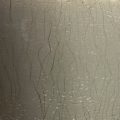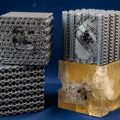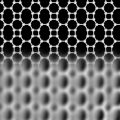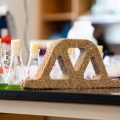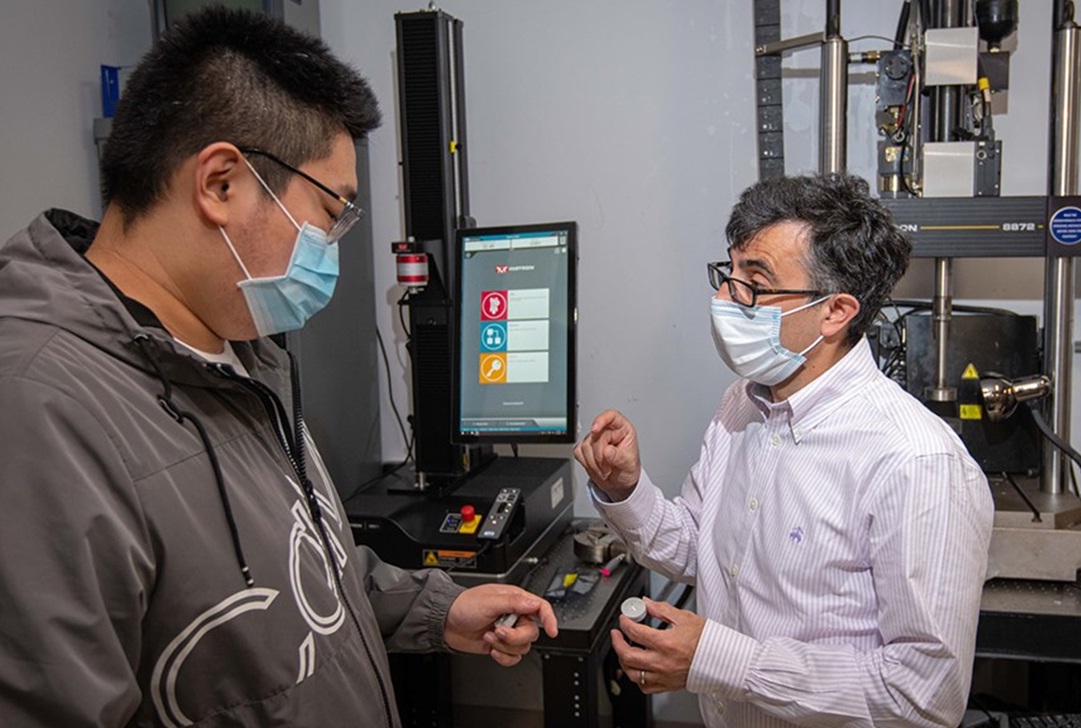
Scientists have developed a new form of self-healing concrete that uses carbon dioxide to fill cracks with calcium carbonate within 24 hours.
Even small structural cracks in concretepose a serious threat to any structure, since moisture penetrating into them increases the cavity formed over time. This reduces the strength of the building material, and without timely closure of cracks or complete replacement of the element, it can eventually lead to collapse.
Over the yearsresearchers have proposed various solutions,helping to avoid costly maintenance. They proposed introducing sodium silicate microcapsules into the solution and even bacteria and fungi that produce various substances for filling cracks. However, it took a lot of time to recover the material by such methods.
Now the team from Worcester PolytechnicInstitute has developed a faster and more efficient mechanism for closing cracks. Scientists added an enzyme called carbonic anhydrase to the solution, which helps human blood cells to carry CO2.
When a small crack forms in such concrete, the enzymebegins to interact with carbon dioxide in the air, rapidly forming calcium carbonate crystals that haveExperiments have shown that carbonic anhydrase can This is significantly faster than other options offered previously, which took months to repair.
The team estimates that a carbonic anhydrase additive could extend the life of a concrete structure from 20 to 80 years.
Earlier, we also reported on the invention by Russian scientists of an additive for concrete, which allows it to be poured at temperatures below zero without loss of quality.
text: Ilya Bauer, photo and video: Worcester Polytechnic Institute
